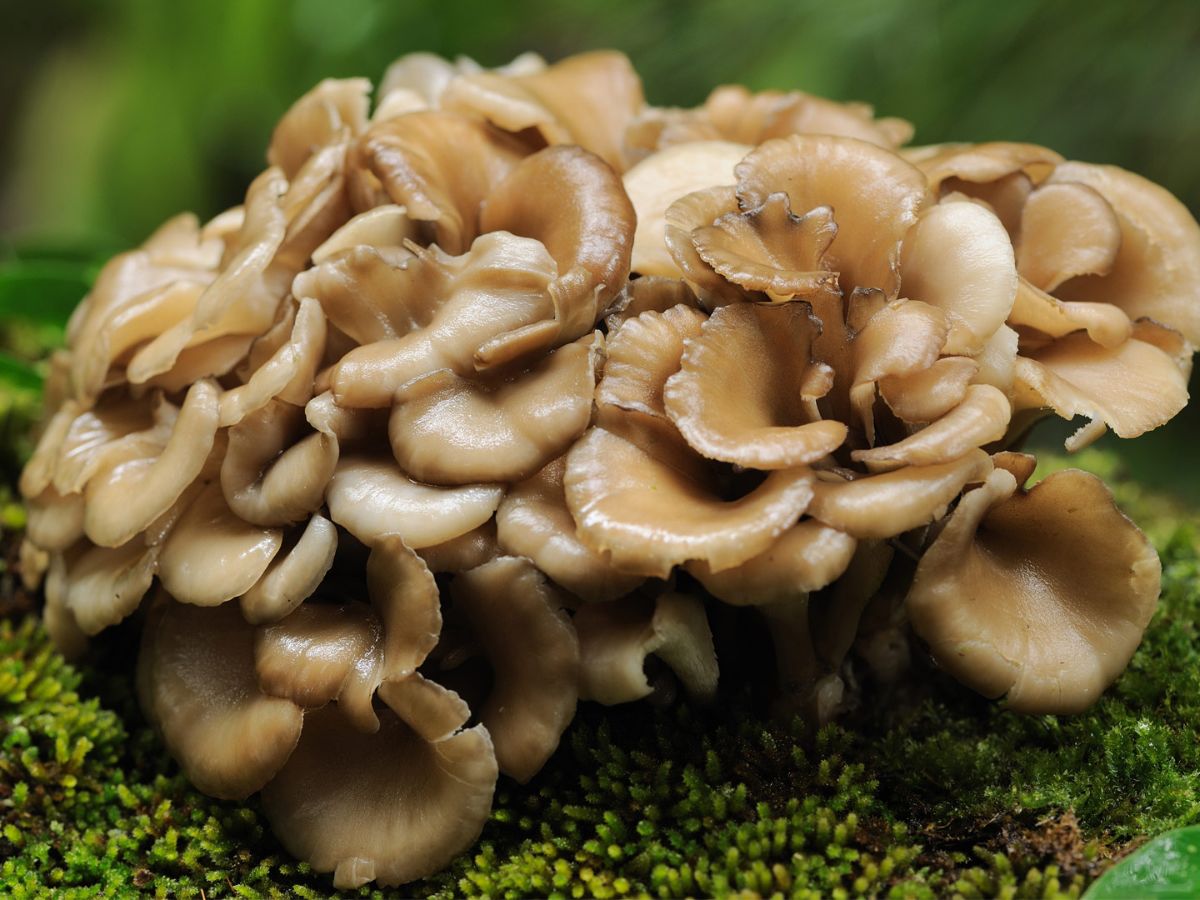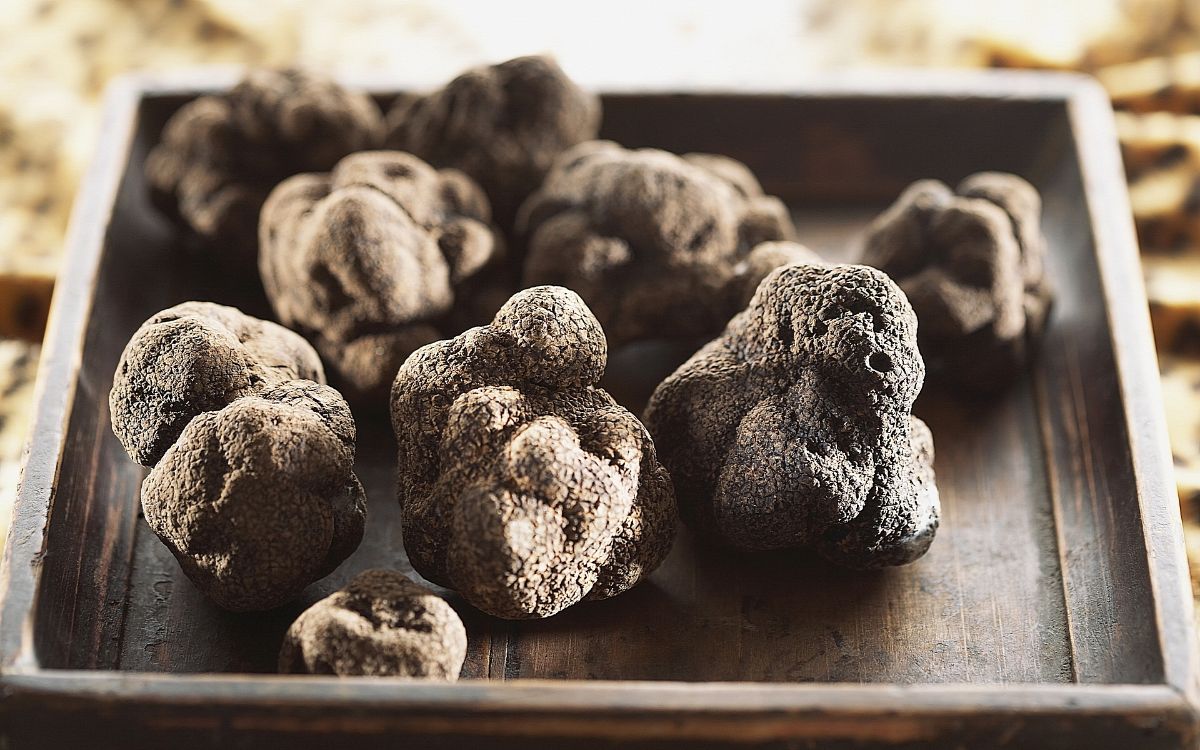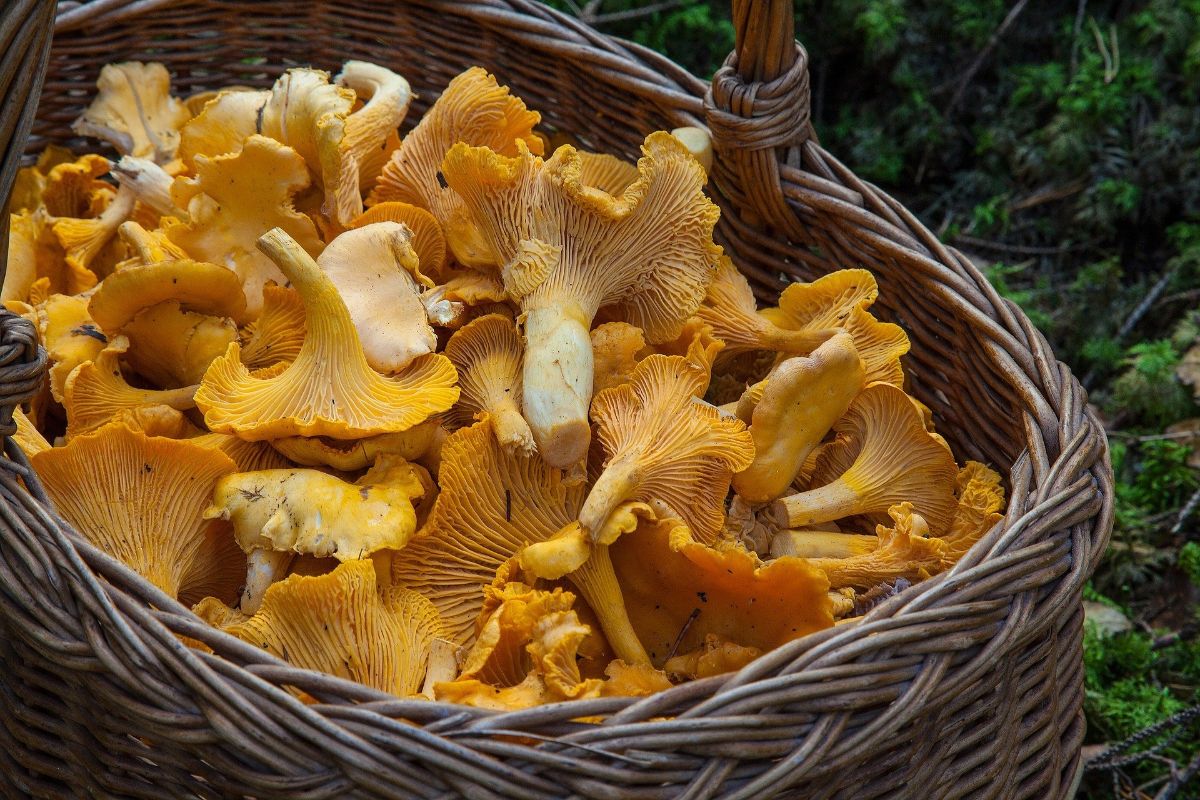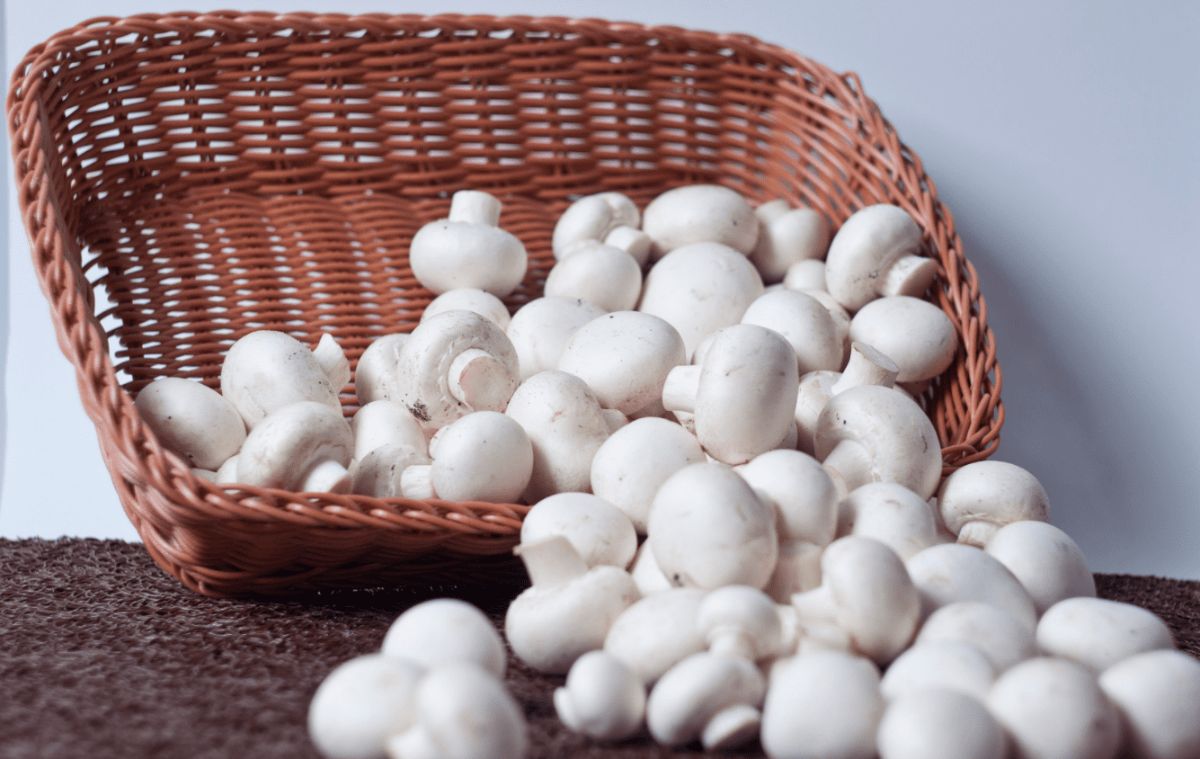What are the benefits of mushrooms for the body — 5 scientific facts
Almost all edible mushrooms are rich in nutrients: from common vitamins to unique antioxidants. Many of them have been used since ancient times in folk medicine for the treatment of many diseases.
Modern scientists confirm that mushrooms bring tangible benefits to humans. They reduce blood sugar and cholesterol levels, reduce the risk of developing the most common cardiovascular diseases and malignant tumors.
Content
5 useful properties
Below are 5 medicinal properties that are inherent in most edible mushrooms (based on evidence).
1. Have a rich composition
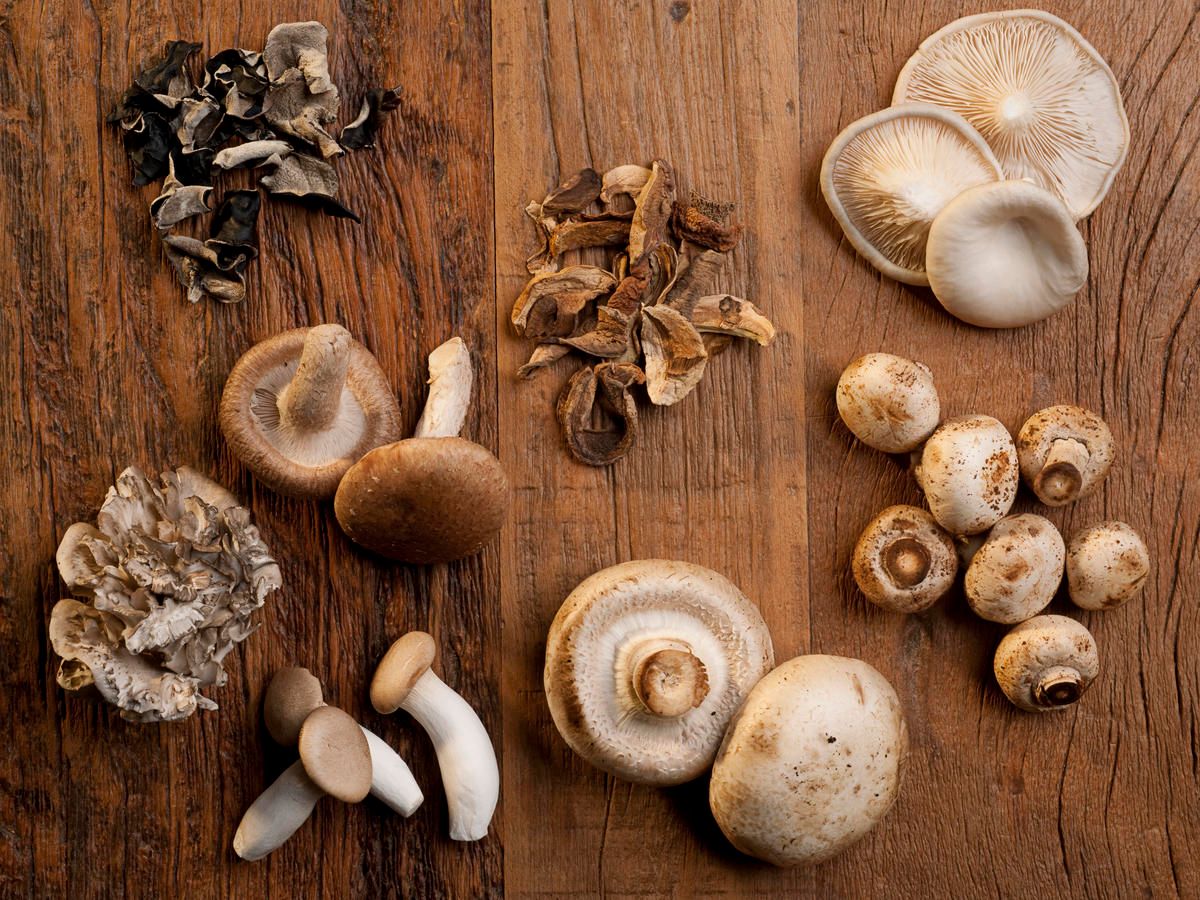
Mushrooms contain lots of vitamins, minerals, fiber and other valuable substances. Let's look at some of them in more detail:
- Antioxidants. They inhibit chronic inflammation and neutralize free radicals. As a result, the risk of cancer, autoimmune and chronic diseases from all organs decreases; there is a general rejuvenation of the body.
- Beta-glucans. Are special type of fiber , the use of which is associated with low cholesterol and a rare occurrence of pathologies from the heart and blood vessels. The largest amount of beta-glucans is found in mushrooms shiitake and oyster mushrooms .
- Vitamins of group B. Mushrooms contain mainly vitamins B1, B2, B3, B5, B9 and B12. They are necessary for the smooth functioning of the central nervous system, erythrocyte synthesis and maintenance of metabolic processes in general.
- Copper. Regulates the production of red blood cells and the work of the body's enzymatic systems. The mineral is also involved in the transmission of nerve impulses and maintenance bone density .
- Potassium. Improves contractile activity of the heart muscle and lowers blood pressure, preventing the development of hypertension. The leader in terms of potassium is champignons .
The nutrient content depends on the mushroom growing conditions (soil, climate), as well as on the culinary processing option.
2. Fighting cancer
 As already mentioned, mushrooms are rich in antioxidants. They block the effects of free radicals on cells, during which malignant degeneration of the latter is observed.
As already mentioned, mushrooms are rich in antioxidants. They block the effects of free radicals on cells, during which malignant degeneration of the latter is observed.
Many mushrooms contain vitamin D. This substance, according to the information scientists from the USA, has a rather pronounced antitumor effect.
It should be noted separately that almost all fungi not only prevent the appearance of cancer, but also block the development and division of cancer cells, reduce the risk of distant metastases.
At the same time, there is a link between the intake of certain types of fungi and the frequency of occurrence of specific cancer variants.
For example, chanterelles effective for the purposes of prevention colon cancer.
And chaga mushroom is able to warn ( 1 , 2 ) the development of tumors of the liver, lungs, stomach, cervix and mammary glands in women.
Oyster mushrooms can reduce the probability of malignant degeneration of prostate tissues in men.
3. Reduce the risk of developing diabetes mellitus
 The abundance of fiber and antioxidants in the composition of mushrooms contribute to the normalization of blood sugar levels and the low incidence of type II diabetes mellitus.
The abundance of fiber and antioxidants in the composition of mushrooms contribute to the normalization of blood sugar levels and the low incidence of type II diabetes mellitus.
According to the data American scientists, a sufficient level of fiber intake prevents the appearance of insulin resistance (decreased sensitivity of muscle and adipose tissue cells to insulin), which underlies the development of type II diabetes mellitus.
Some varieties of mushrooms can be effectively used for type I diabetes. For example, cordyceps contains a useful polysaccharide similar in structure to insulin. Its ingestion causes a decrease Blood glucose concentrations.
4. They support the health of the heart and blood vessels
 Mushrooms contain substances that fight some common diseases of the cardiovascular system.
Mushrooms contain substances that fight some common diseases of the cardiovascular system.
For example, potassium causes relaxation of the muscle tissue of the vascular wall and, as a result, a decrease in blood pressure.
According to the data American Heart Association, adequate potassium levels in the diet are key to reducing the risk of hypertension and fatal arrhythmias.
Proven the effectiveness of vitamin C in the composition of mushrooms in order to reduce the overall risk of manifestation of any pathologies from the heart and blood vessels.
According to of information , cited by Czech and American experts, beta-glucans contained in mushrooms reduce cholesterol levels in the blood. This property prevents the appearance of atherosclerotic plaques on the walls of blood vessels and the development of pathologies such as coronary heart disease and myocardial infarction, chronic cerebral ischemia and strokes.
5. Useful during pregnancy
 Mushrooms contain
folic acid. It is necessary for a woman during pregnancy, because it plays an important role in the formation of tissues of the central and peripheral apparatus of the fetal nervous system.
Mushrooms contain
folic acid. It is necessary for a woman during pregnancy, because it plays an important role in the formation of tissues of the central and peripheral apparatus of the fetal nervous system.
With adequate intake of this substance into the body, defects in the development of the neural tube are less common, the ability to learn and mental development in general in children in the first years of life increases.
However, in order to reduce possible side effects, it is recommended to thermally process mushrooms and give preference to well-studied species, buying them exclusively in supermarkets.
Safety and Harm
 In certain cases, even edible and safe mushrooms can cause harm to health. Common side effects are:
In certain cases, even edible and safe mushrooms can cause harm to health. Common side effects are:
- Poisoning. The pulp of the fruit bodies of mushrooms accumulates harmful substances (mainly heavy metal salts) from the soil and air. Their entry into the body can provoke the appearance of symptoms of intoxication, disorders of the gastrointestinal tract and other disorders in the body. You should carefully choose a mushroom supplier or a place of self-collection.
- Dyspeptic disorders. Mushrooms are rich in protein and fiber. With excessive consumption of these nutrients, diarrhea, nausea, bloating and spastic pain in the lower abdomen, increased gas production may occur.
- Irritation of the mucous membranes of the digestive system. Almost all mushrooms contain substances that irritate the mucous membranes. This feature is not dangerous for a healthy body. However, in the presence of gastritis, duodenitis, peptic ulcer, an exacerbation may occur.
- Allergic reactions. They are most often caused by the sensitization of the body to proteins in the composition. They usually manifest in a mild form (skin reactions: rash, itching, hyperemia), but anaphylaxis may also occur.
It is strictly contraindicated to use poorly studied mushrooms (for example, cordyceps) for pregnant women. Their effect on the fetus has not been studied.
The most useful types of mushrooms
 For a long time, mushrooms served as an exclusive source of food for humans due to their special taste and aroma, as well as an abundance of proteins.
For a long time, mushrooms served as an exclusive source of food for humans due to their special taste and aroma, as well as an abundance of proteins.
Then folk healers became interested in them, who discovered that mushrooms can affect libido, cardiovascular and oncological morbidity.
To date, many medicinal properties of mushrooms have been scientifically proven. They are used to prepare biologically active food additives and even medicines.
The most valuable mushrooms are:
- Reishi ;
- Shiitake ;
- Cordyceps ;
- Chaga ;
- Champignons ;
- White mushroom;
- Oyster mushrooms ;
- Maitake ;
- Chanterelles ;
- Gruzdi;
- Raw teeth.
The main thing is to carefully choose mushrooms on store shelves and follow the cooking technology.
Tips for choosing and receiving
In order to unlock the full beneficial potential of mushrooms, but at the same time avoid health risks, certain rules should be followed.
Selection
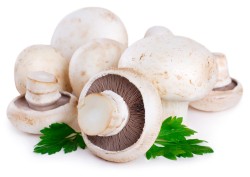 Preference should always be given to young and fresh mushrooms.
Preference should always be given to young and fresh mushrooms.
Signs of freshness are:
- Strength and smoothness of the stem and the outer surface of the hat;
- Tight fit of the hat to the leg;
- Absence of unpleasant odor and accumulation of mucus on the surface of the mushroom;
- The absence of an open hat.
When buying mushrooms in stores, you should choose exclusively chilled ones, without extraneous odors and mechanical defects.
Cooking and eating
Mushrooms are widely used in cooking not only due to their specific taste and aroma, but also due to their combination with a variety of dishes.
They can be boiled, fried, stewed, steamed or in the oven, salted, pickled and dried.
They are the ingredients of a large number of soups and salads, second courses, perfectly combined with meat and seafood.
Some mushrooms can be eaten raw, others are subject to mandatory heat treatment. The need for thermal exposure directly depends on the volume of harmful substances in mushrooms, based on which 4 categories are distinguished:
- It is permissible to consume even in its raw form. The group includes a white mushroom, a bunch (yellow, white, black, aspen), a ginger.
- Need mild heat treatment (champignons, aspen, podberezoviki, volnovushki).
- Require long-term heat treatment (better – boiling). Such mushrooms include flywheels, chanterelles, honey mushrooms, cheesecakes, morels.
- Conditionally edible mushrooms. Require a combination of several types of cooking or double boiling. These include: truffles, goats, oyster mushrooms, shiitake.
Storage
An equally important aspect is compliance with the rules for storing mushrooms.
Freshly picked mushrooms actively absorb any foreign odors, therefore, they should be stored separately from other products. Preferably in an airtight container.
After harvesting, the mushrooms should be cleaned and rinsed for several hours, then they can be stored in salt water for up to a day.
Mushrooms can be frozen. The shelf life in the freezer is as follows:
- 90-120 days at temperatures from -14 to -12 ° C;
- Up to 6 months – in the temperature range from -18 to -14 °C;
- Up to a year – at a temperature of about -20 ° C.
An alternative option is drying. To do this, you need to:
- Thoroughly rinse and peel the mushrooms.
- Place the mushrooms in a well-ventilated place. They should not touch each other. Leave it on for 12-18 hours.
- Cut the mushrooms into thin plates, up to 4-6 mm thick.
- Spread out on a baking sheet lined with parchment paper.
- Put in the oven, preheated to 45 degrees. Drying should be carried out for 24-48 hours. You can use specialized dryers that are sold in electronics stores.
Conclusion
Thus, mushrooms are widely appreciated not only in cooking, but also in evidence-based medicine, as they contain a lot of biologically active substances.
They are able to fight malignant neoplasms, the most common pathologies of the heart and blood vessels and type II diabetes mellitus.
